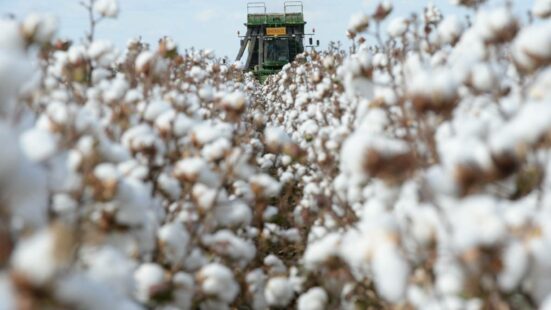
WHAT IS THE SEASONAL WORKER PROGRAMME?
The Seasonal Worker Programme is an initiative that offers various employers in the agricultural world the opportunity to employ a reliable, persistent and returning workforce when the local Australian workers are not able to withstand the seasonal demands. However, this applies to selected locations throughout Australia. This Programme operates whilst keeping two main objectives in mind:
It attempts to aid eligible Australian employers in the horticultural world to fulfill the employment gaps that are unable to be filled only through the Australian workforce.
It also attempts to contribute to the economic welfare of the nine Pacific Island countries from which the potential employees hail from. The countries that participate in this programme are Kiribatu, Nauru, Papua New Guinea, Samoa, Timor Leste, Tonga, Vanuatu, Fiji and Solomon Islands.
Workers that are a part of this Programme are allowed to work and reside in Australia for a period of 14 weeks to six months. Even though the Seasonal Worker Programme is functioning in the agricultural domain, there are attempts to apply it to other sectors such as accommodation, cotton, sugar cane and aquaculture. Even though the number of workers has significantly increased since 2008, it still remains a small amount when compared to backpackers.
IMPORTANCE OF SEASONAL WORKERS
Seasonal workers are an essential part of harvest seasons. This is because they heavily contribute to productivity and profitability gains. In fact, according to recent surveys, the levels of productivity of these workers are 20 per cent higher than those of working holidaymakers. This is why farm owners and authorities prefer employing seasonal workers to aid during busy harvesting time periods.
THE SEASONAL WORKER PROGRAMME AND COVID 19
The ongoing pandemic and its effects have severely affected the employers and workers involved in the Seasonal Worker Programme. Due to border closures and various state restrictions, workers had to return to their native countries and employers were left grappling with a severe shortage of labour. Due to this, many harvest seasons remained incomplete and a ton of food wastage was also witnessed. Nevertheless, as the restrictions are easing up, workers are slowly starting to join the workforce and offer their priceless contributions. However, employers have to take strict precautions in order to ensure that these workers are not affected by the virus. Even though the pandemic has taken a toll on this Programme, a resilient Australia is emerging stronger than before to protect its agricultural and horticultural world.

The cotton sector in Australia has suggested that changes to migration restrictions to allow a new visa may result in a lack of international agricultural workers. The current Australian Agriculture Worker Visa, which was introduced in September, is intended to increase the number of primary industry workers. Cotton Australia, on the other hand, claims that […]
Read More →
Dairy producers in New South Wales and Queensland are still counting the expenses of the recent rainy weather, which has resulted in animal losses and infrastructure damage. According to a Dairy Australia representative, the floods impacted more than 100 producers, with 70 of them being badly impacted. She stated, “The Dairy Australia team is currently […]
Read More →